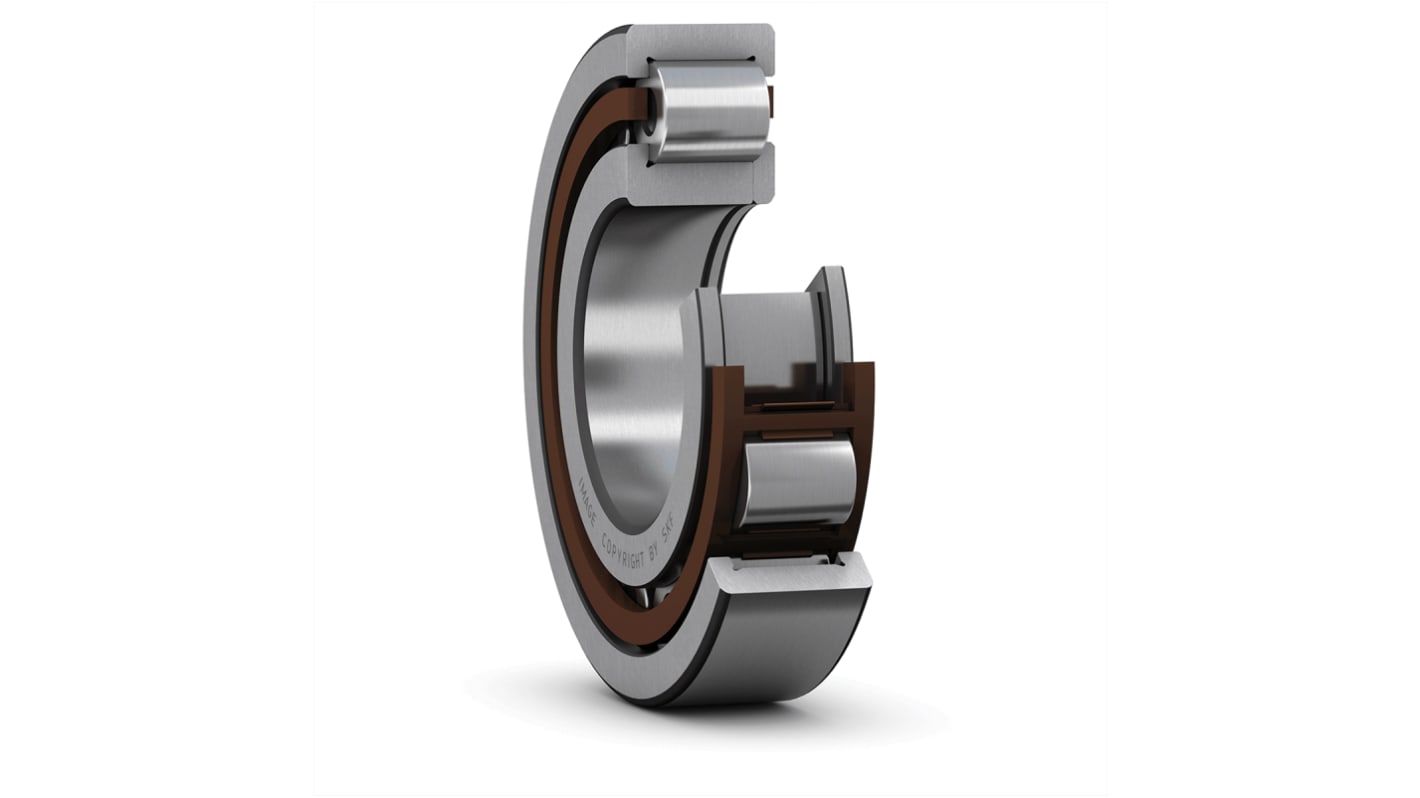SKF NUP 2308 ECP 40 mm I.D Roller Bearing, 90 mm O.D
- RS Stock No.:
- 195-9692
- Mfr. Part No.:
- NUP 2308 ECP
- Brand:
- SKF

Bulk discount available
Subtotal (1 unit)*
£145.68
(exc. VAT)
£174.82
(inc. VAT)
FREE delivery for orders over £50.00
In Stock
- 12 unit(s) ready to ship from another location
Need more? Click ‘Check delivery dates’ to find extra stock and lead times.
Units | Per unit |
|---|---|
| 1 - 4 | £145.68 |
| 5 - 9 | £139.87 |
| 10 - 24 | £136.94 |
| 25 + | £134.09 |
*price indicative
- RS Stock No.:
- 195-9692
- Mfr. Part No.:
- NUP 2308 ECP
- Brand:
- SKF
Specifications
Technical Reference
Legislation and Compliance
Product Details
Find similar products by selecting one or more attributes.
Select all | Attribute | Value |
|---|---|---|
| Brand | SKF | |
| Product Type | Roller Bearing | |
| Inside Diameter | 40 mm | |
| Race Width | 33mm | |
| Bore Type | Parallel | |
| End Type | Open | |
| Static Load Rating | 120kN | |
| Standards/Approvals | No | |
| Limiting Speed | 9500rpm | |
| Dynamic Load Rating | 129kN | |
| Outside Diameter | 90 mm | |
| Select all | ||
|---|---|---|
Brand SKF | ||
Product Type Roller Bearing | ||
Inside Diameter 40 mm | ||
Race Width 33mm | ||
Bore Type Parallel | ||
End Type Open | ||
Static Load Rating 120kN | ||
Standards/Approvals No | ||
Limiting Speed 9500rpm | ||
Dynamic Load Rating 129kN | ||
Outside Diameter 90 mm | ||
RoHS Status: Exempt
SKF Open-Ended Cylindrical Roller Bearing, 40mm ID, 90mm OD - NUP 2308 ECP
Use this SKF cylindrical roller bearing to keep your machine components running smoothly. The cylindrical design is reliably rigid, making it ideal for precise guiding in machine control applications. The outer cage is made of a PA66 (polyamide 66) material, which is highly resistant to extreme temperatures for use in demanding environments. It's reinforced with glass fibre for additional tensile strength, ensuring long-lasting and reliable performance. As the unit is open-ended, it's simple to relubricate for ease of maintenance.
• Static load rating of 120kN and dynamic load rating of 129kN for supporting heavy loads
• Reference speed of 8000rpm (rotations per minute) and limiting speed of 9500rpm for use in high-velocity applications
Applications
• Textile industry
• Conveyor belts
• Automotive manufacturing
• Oil and gas industry
What's the difference between a limiting speed and a reference speed?
The limiting speed refers to the maximum speed of a bearing based on its mechanical capabilities. Reference speed refers to its possible speed under increased temperature. It's important to consider both so you can select the proper bearing for your application and operating conditions.
Related links
- SKF NU 2308 ECP 40 mm I.D Cylindrical Roller Bearing, 90 mm O.D
- SKF NJ 2308 ECP 40 mm I.D Cylindrical Roller Bearing, 90 mm O.D
- SKF NUP 308 ECP 40 mm I.D Cylindrical Roller Bearing, 90 mm O.D
- SKF NJ 308 ECP 40 mm I.D Roller Bearing, 90 mm O.D
- SKF NJ 2308 ECP/C3 40 mm I.D Cylindrical Roller Bearing, 90 mm O.D
- SKF NJ 2308 ECP/C4 40 mm I.D Cylindrical Roller Bearing, 90 mm O.D
- SKF NU 2308 ECP/C3 40 mm I.D Cylindrical Roller Bearing, 90 mm O.D
- SKF N 308 ECP 40 mm I.D Cylindrical Roller Bearing, 90 mm O.D
